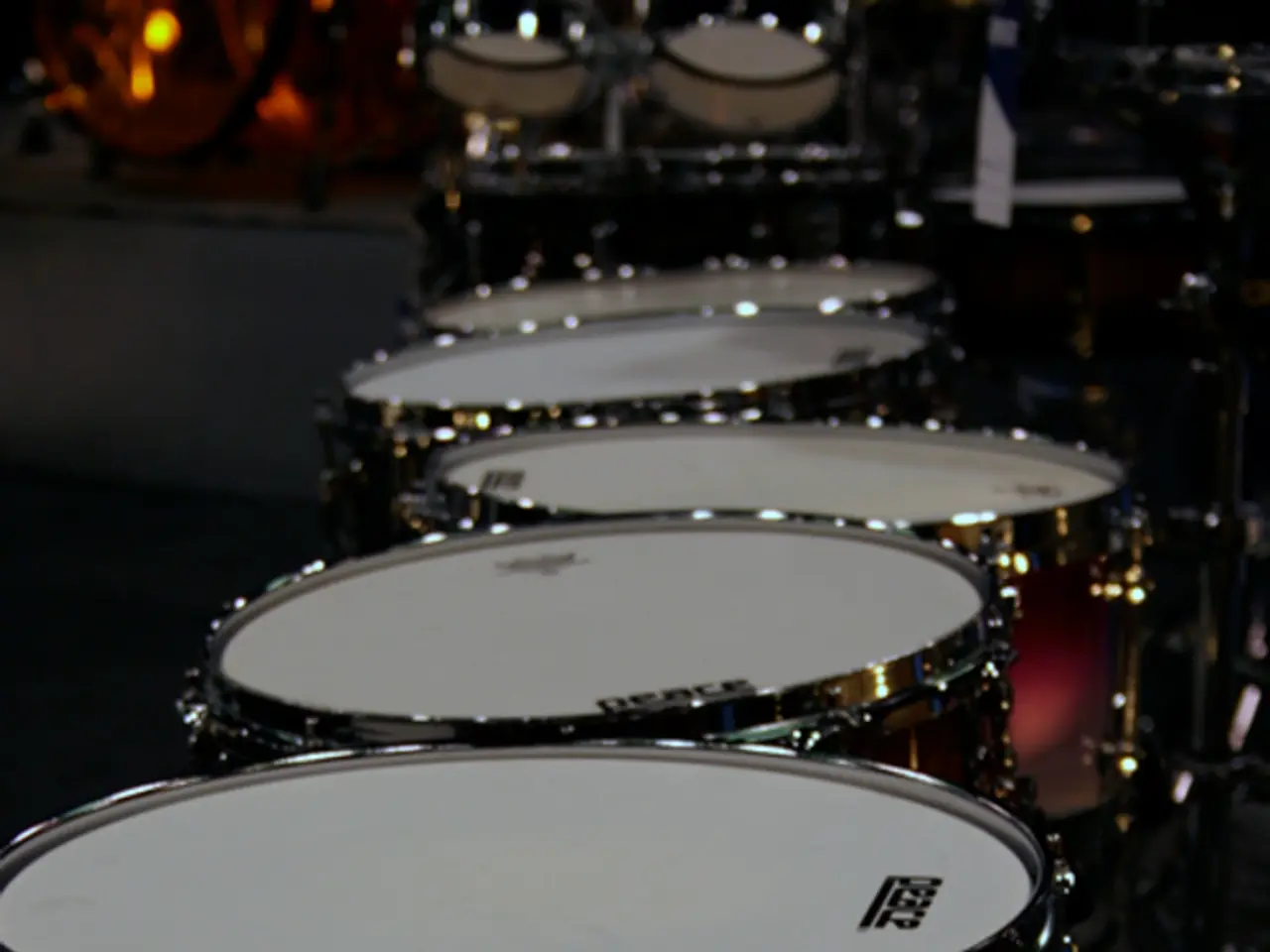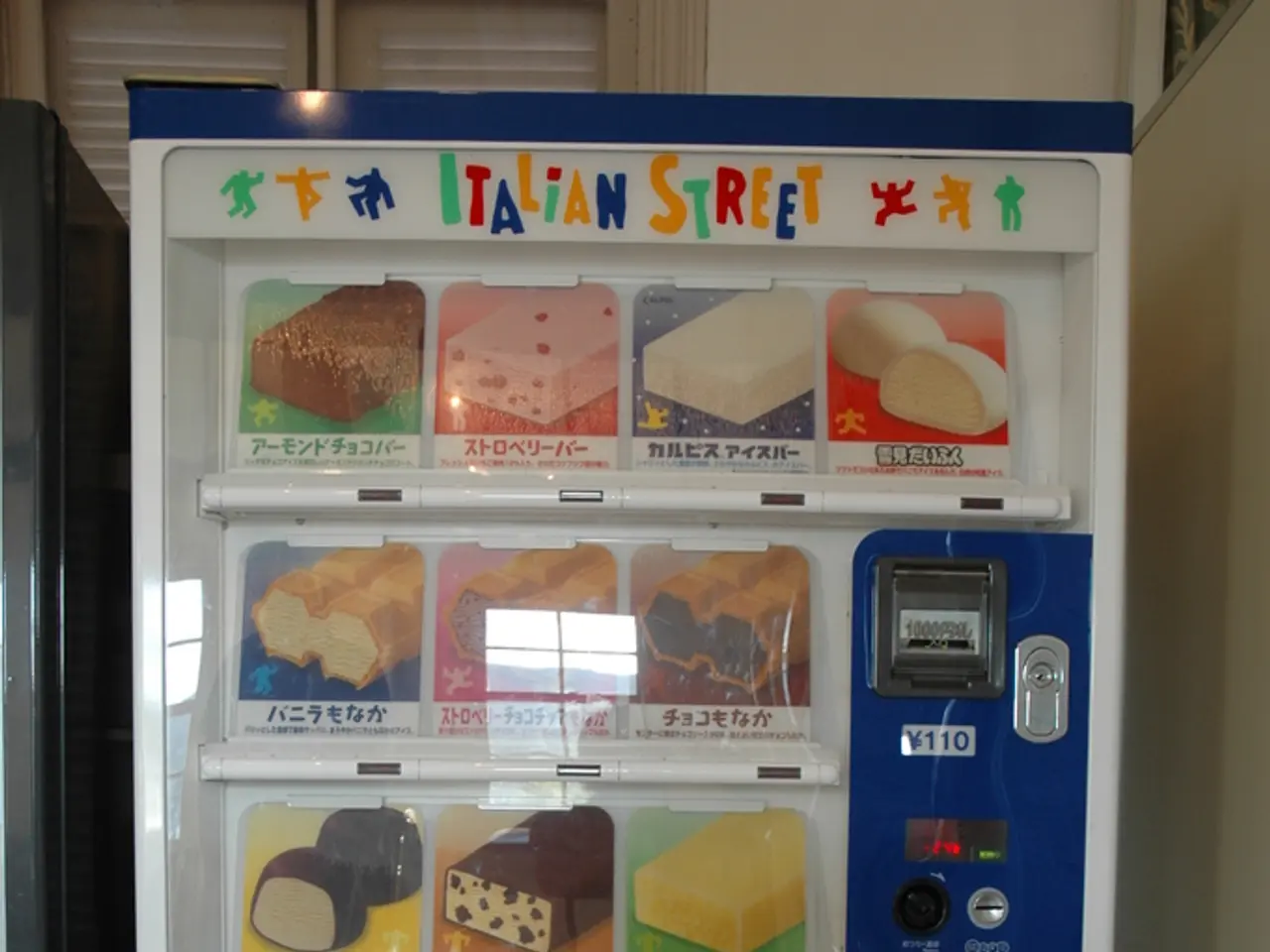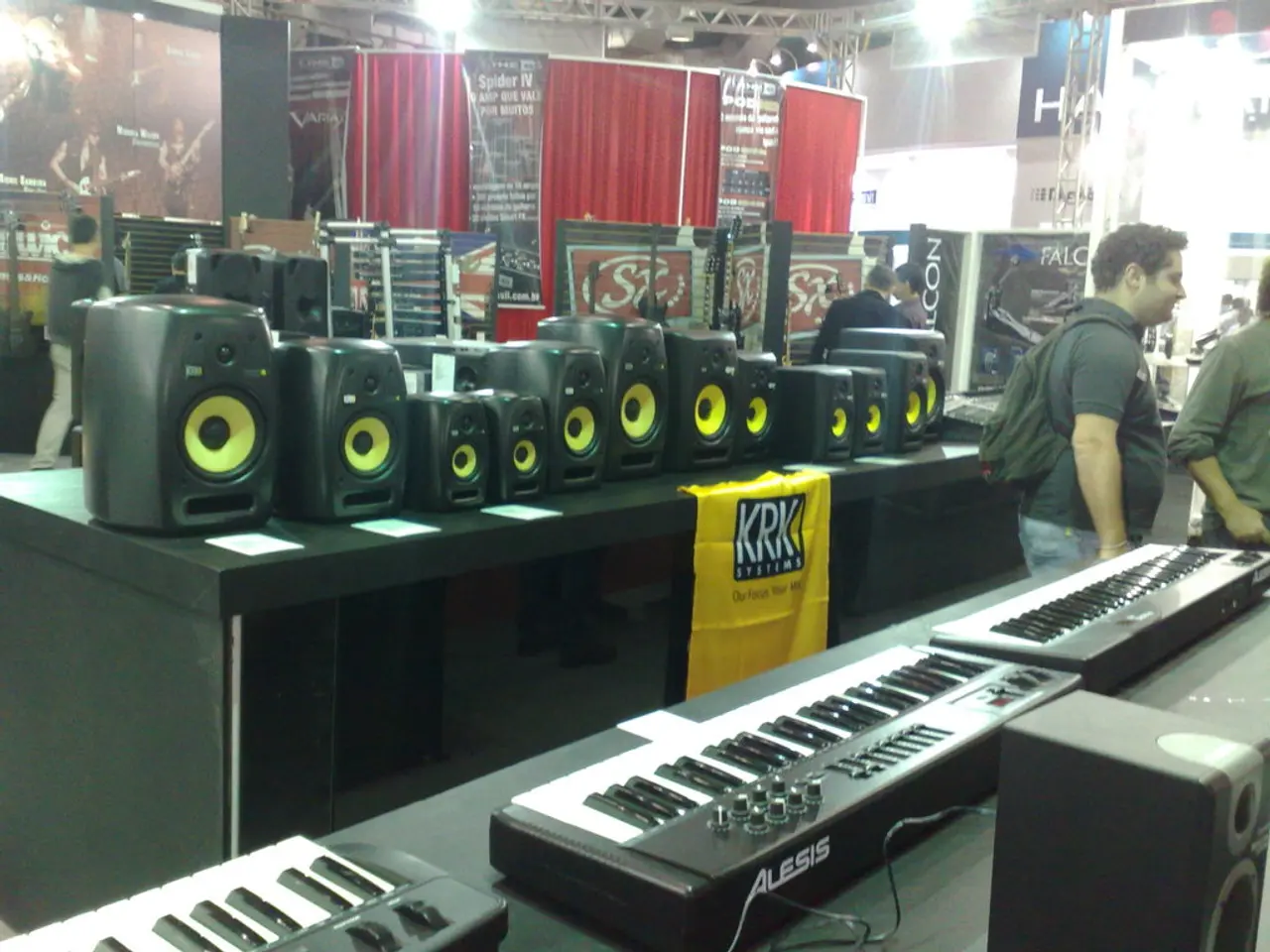Understanding Slot Variance: Breaking Down Slot Volatility
In the world of online slots, volatility plays a crucial role in determining the frequency and size of payouts. Essentially, volatility measures the risk and reward associated with a particular slot game. Here's a breakdown of the three main types of slots and their characteristics:
## **Volatility Levels and Their Characteristics**
### **Low Volatility Slots** These games are suitable for small bankrolls and offer a low-risk, fast-paced experience. With a high frequency of wins, although the amounts are typically small, low volatility slots are ideal for players who prefer stable, frequent smaller wins.
### **Medium Volatility Slots** Medium volatility slots cater to players with medium-sized bankrolls, offering a balance between win frequency and payout size. These games provide a medium-paced experience, with more frequent wins than high volatility slots but less frequent than low volatility slots.
### **High Volatility Slots** High volatility slots are designed for players with large bankrolls and a higher risk tolerance. These games offer infrequent wins, but when they happen, they are significantly larger. The pace is slow, with fewer winning sessions, but the potential for massive payouts makes them appealing to those who can afford multiple non-winning spins.
## **Additional Factors Influencing Slot Choice**
While volatility is a key factor, other elements also play a role in choosing the right slot game. Return to Player (RTP) is another crucial factor, indicating the percentage of money a slot is expected to return to players over time. High RTP slots, combined with appropriate volatility, can offer better overall payouts.
Ultimately, the choice between low, medium, and high volatility slots depends on a player's risk tolerance, bankroll size, and personal preference for the pace of gameplay. In traditional real-world casinos, finding the volatility of a slot game is usually done through trial-and-error, while in online casinos, you can ask for the volatility-index for the game you are about to play.
High volatility slots are often found in high-denomination games and high roller areas of the casino, requiring a lot more money to play. Medium volatility slots offer a greater variety of gaming choices, higher denominations, and fewer pays with greater monetary value. Low-volatility games, on the other hand, are designed to appeal to casual players who want to be entertained and get some play for their money.
It's important to note that the volatility of a slot game is determined by the game's software provider, not the casino. This means that the same game should have the same volatility across all casinos. Some medium volatility slots may require an extra base-play-wager to activate all of the lines, pays, bonuses, etc., offering a greater variety of gaming choices.
In conclusion, understanding volatility in online slots is essential for making informed decisions when choosing a game. By considering your bankroll size, risk tolerance, and personal preference for the pace of gameplay, you can find a slot that suits your style and increases your chances of enjoying a successful gaming session.
- A blog post on casino-and-gambling trends might discuss the growing interest in medium volatility slots, which cater to players with medium-sized bankrolls and offer a balance between win frequency and payout size, making them appealing to a wide range of casino-goers.
- When exploring the world of online casino-games, one may come across discussions on gambling-trends that highlight the popularity of slots, with some popular titles being low volatility slots, suitable for small bankrolls and offering a low-risk, fast-paced experience.
- While sharing tips on how to make the most of casino visits, one may recommend opting for high volatility slots, especially for those with large bankrolls and a higher risk tolerance, as these games offer infrequent but significant wins, and are often found in high-denomination games or high roller areas in traditional casinos.




